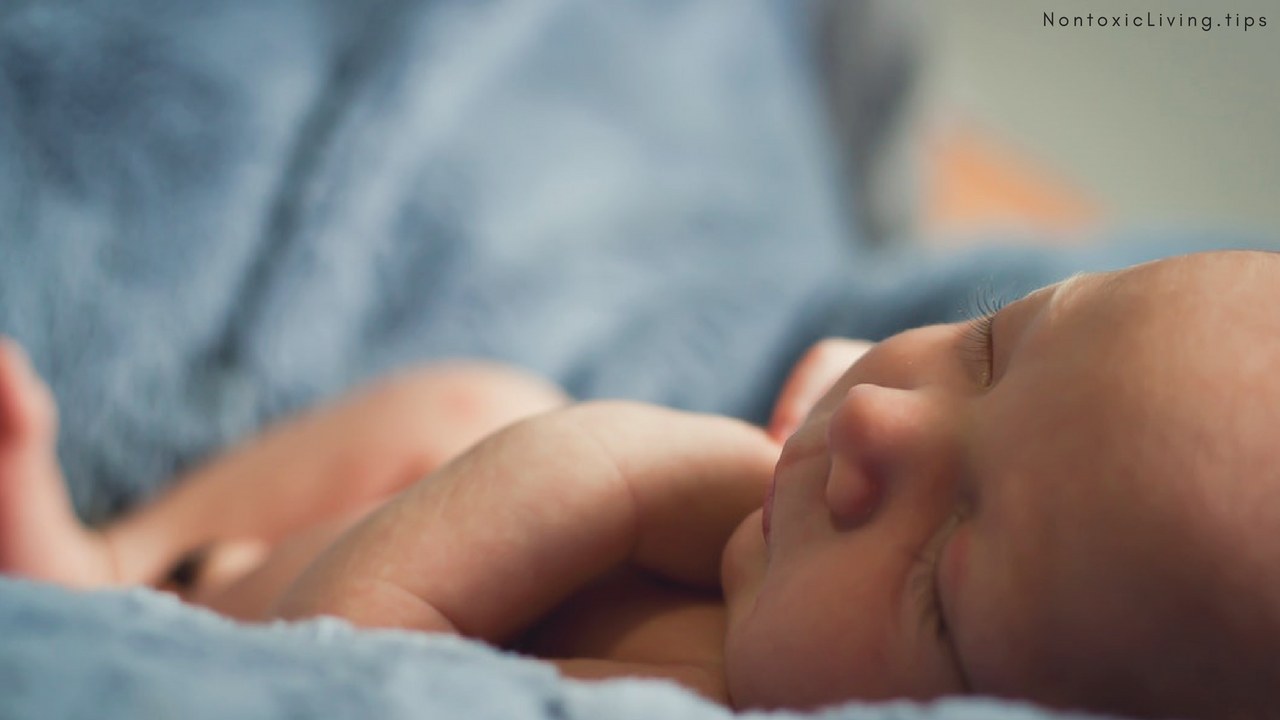
What to Look For When Choosing a Nontoxic Mattress Cover
May 01, 2018by editorial team
What do you consider “good enough” for your kids? Do you constantly make things better for them? Continuously try to give them more?
More values, more love and attention, more healthy days.
Most of us do. We want the best for our children and to see them healthy.
Investing in a nontoxic mattress cover is one step towards creating a nontoxic bedroom, and giving your children a healthier sleeping environment.
Components used in nontoxic mattress covers
When choosing a nontoxic mattress cover, consider the material it’s made of.
Steer away from vinyl, acrylic, polyethylene, surgical rubber, and PVC mattress covers. The latter three do not allow for mattress breathability, thereby creating the potential for mold and bacteria to form. (1)
Instead look for organic cotton or organic wool mattress covers that are untreated. They are breathable, and wool provides for a natural water-resistant barrier. (2)
Nontoxic mattress covers function to improve your health
Organic cotton and wool mattress covers help to provide a partial barrier between your child and their mattress (which may be off-gassing VOCs). The mattress cover won’t seal the VOCs completely, but may help to reduce release of them. (3)
Ways to choose a suitable nontoxic mattress cover
When choosing a nontoxic mattress cover, here are a few tips for identifying them:
- Look for organic cotton. Mattress covers come in a variety of fiber types, many of which are created with man-made chemicals and oil byproducts. Fibers such as organic cotton are grown without added chemicals such as pesticides.
- Look for organic wool. Some mattress covers are padded while others are a thin tightly woven protective layer. Covers that are padded may contain organic wool for comfort or heat control, allowing heat to be absorbed and released which helps regulate body temperature.
- Free of finishes. Avoid mattress covers that are labeled “waterproof” or “stain resistant.” These labels indicate that the mattress cover material has a chemical finish on it.
- Non-bleached. Consider choosing unbleached or naturally whitened mattress covers. Some covers come in “natural” color as well and may be free of dyes and bleaches.
- Low-Density, food-grade polyethylene. If a plastic mattress cover is a must, consider one that is made of a low-density, food-grade polyethylene, which is a safer plastic according to this excerpt from A to Z of D-Toxing by Sophia Ruan Gushee:
Jane Sheppard (2014) of Healthy Child writes: “Environmental scientists agree that low density, food-grade polyethylene is the safest plastic available for waterproofing a crib mattress. It has a simple molecular structure and does not contain phthalates or other unsafe additives. Unlike the production of vinyl, dioxins and other toxic chemicals are not released into the environment during the production of low-density polyethylene. This is the material used for the mattress covers designed to prevent SIDS in the cot death prevention campaign in NZ.
Conclusion
We want to give our kids more - more love, more attention, more healthy days. One way to keep them healthy is by creating a healthy sleeping environment. Consider choosing a nontoxic mattress cover for your child’s bed. Look for organic cotton or organic wool mattress covers that are free of finishes, and whitened naturally or not at all. If a plastic mattress cover is important, consider getting a low-density, food-grade polyethylene.
References
Stay connected with nontoxic lifestyle news and updates!
Receive our free Ruan Living Nontoxic Cleaning Guide when you join our email list.
Don't worry, your information will not be shared.
We hate SPAM. We will never sell your information, for any reason.







